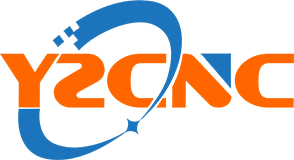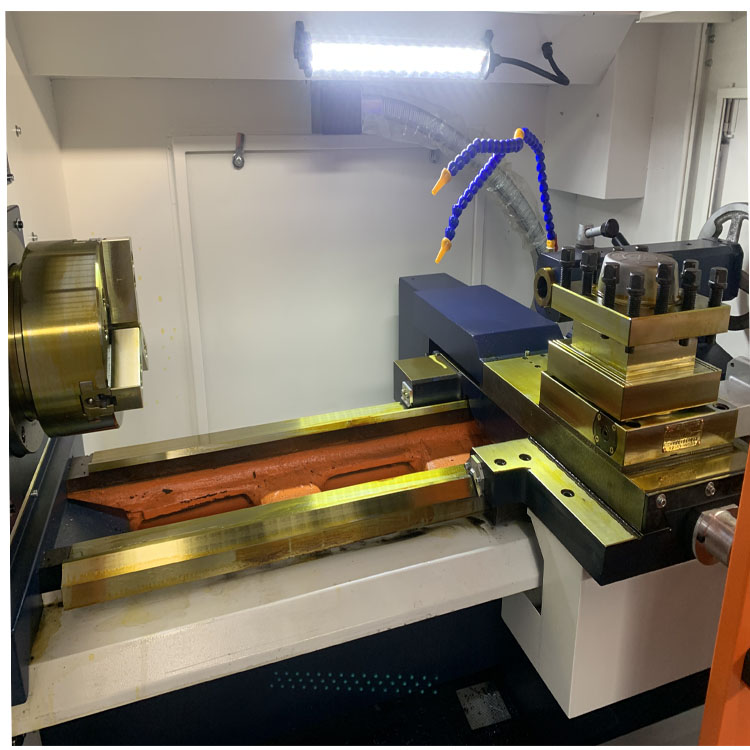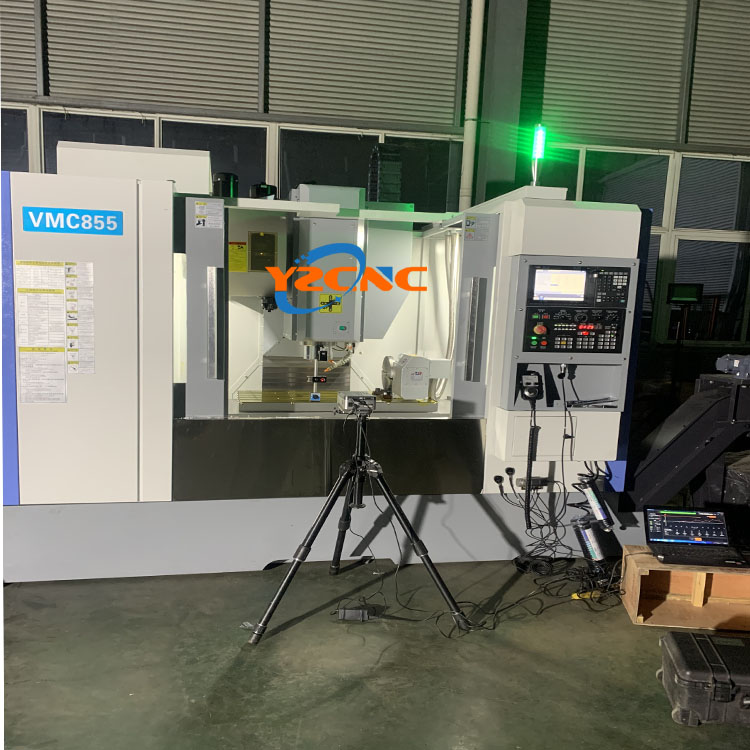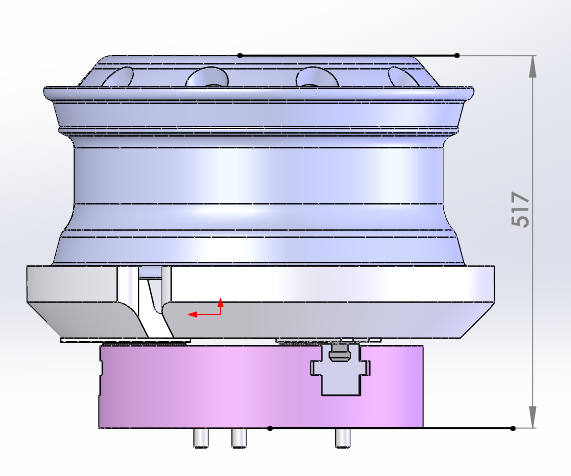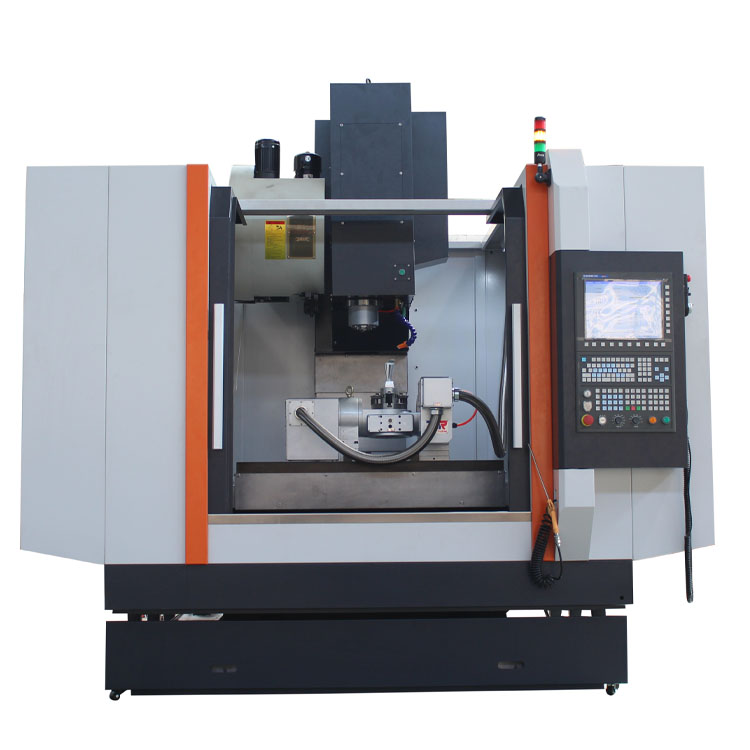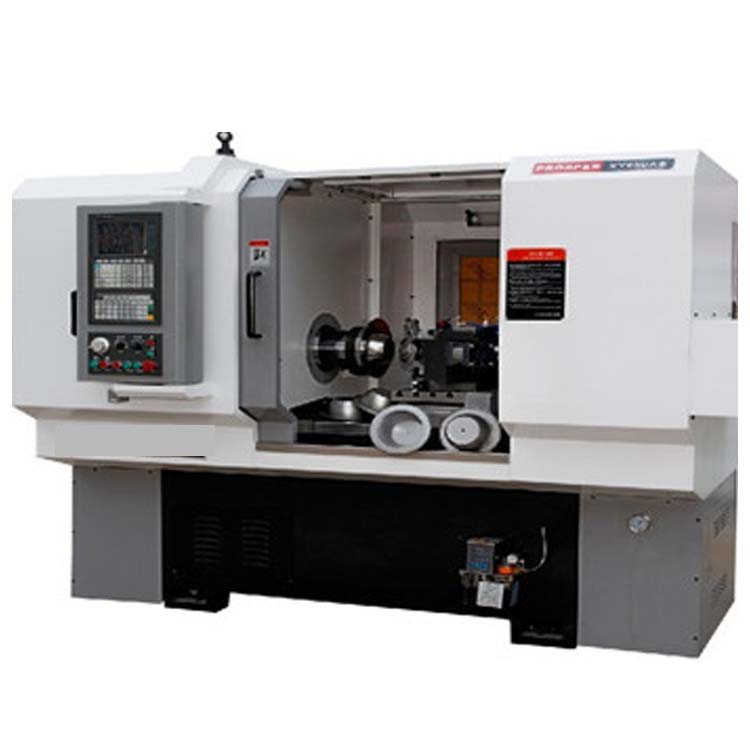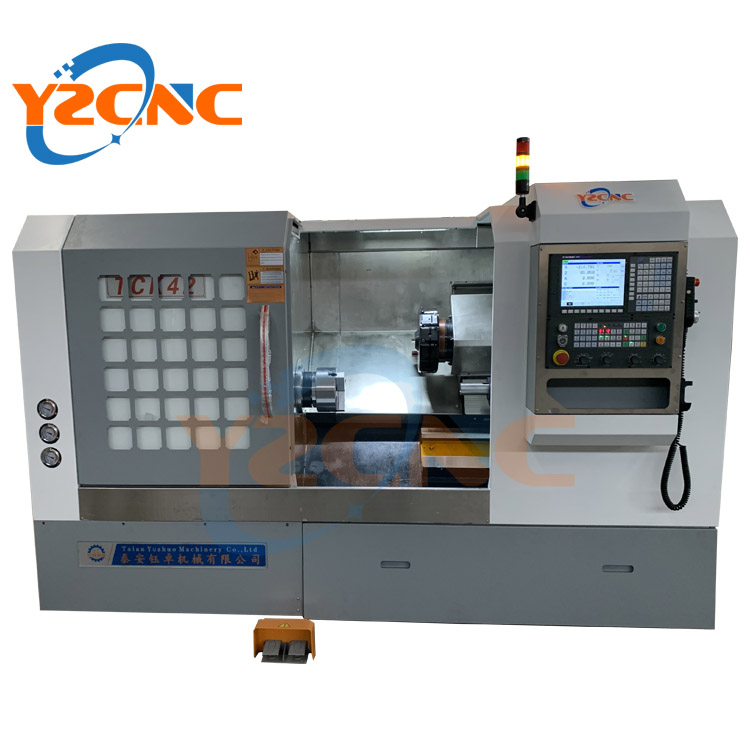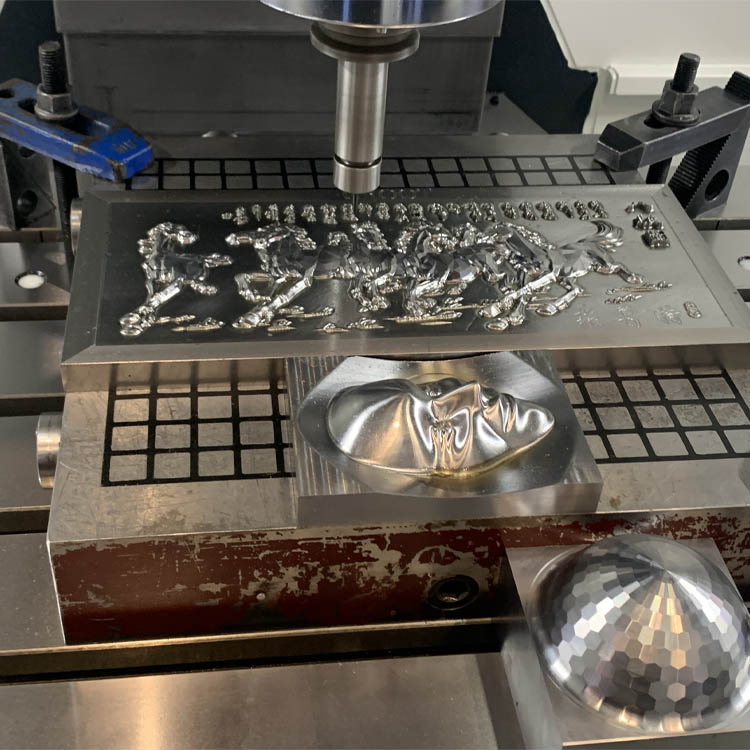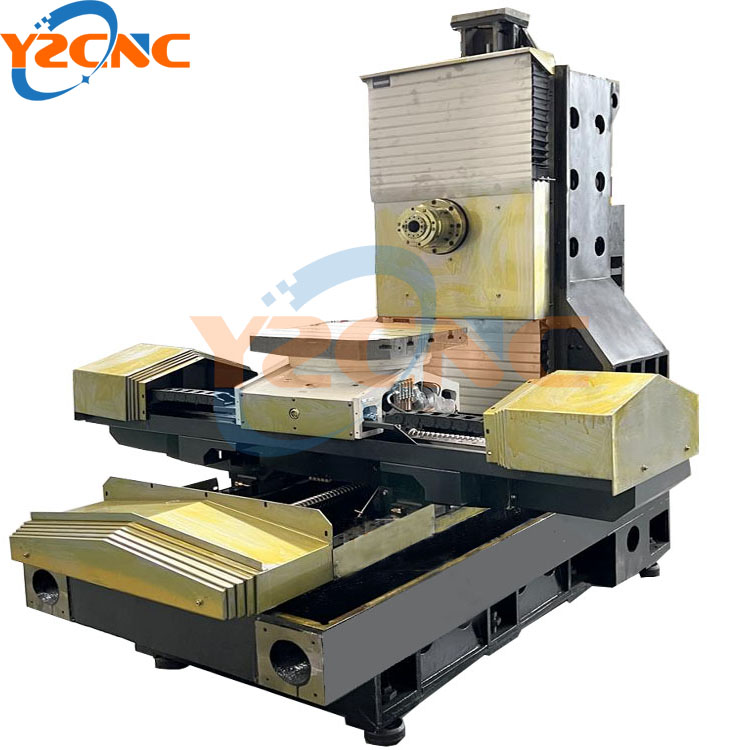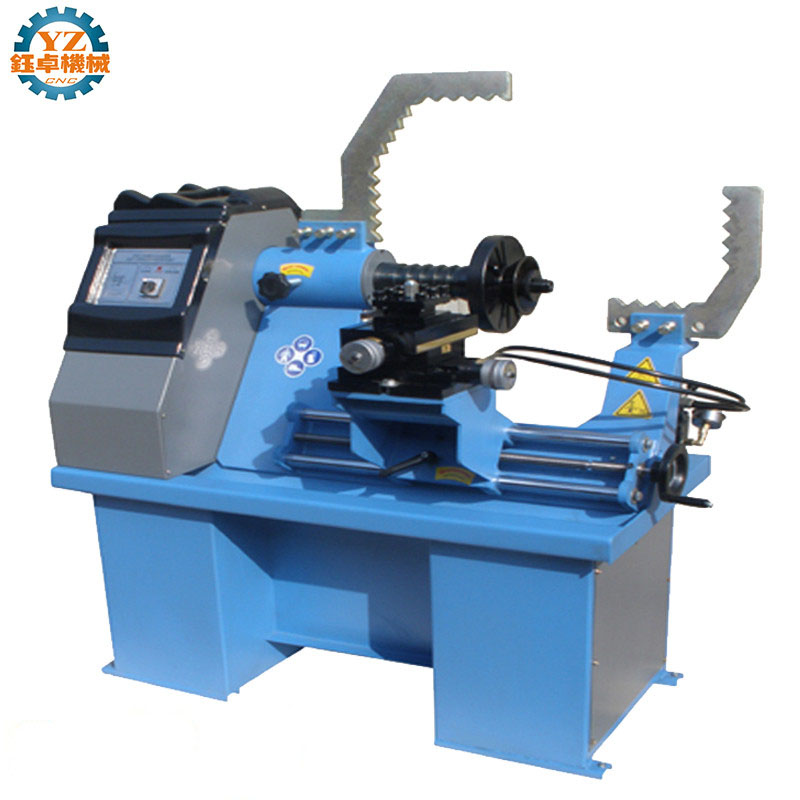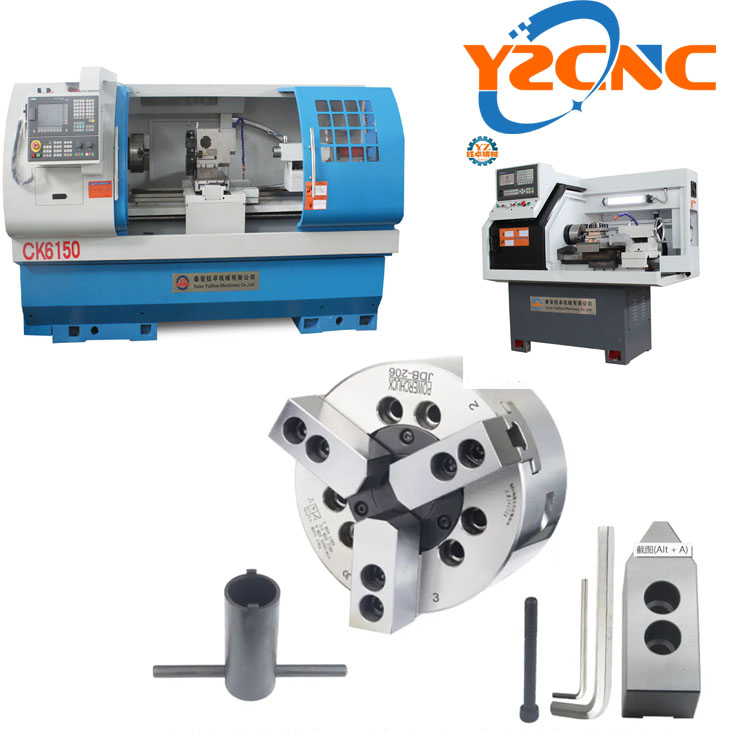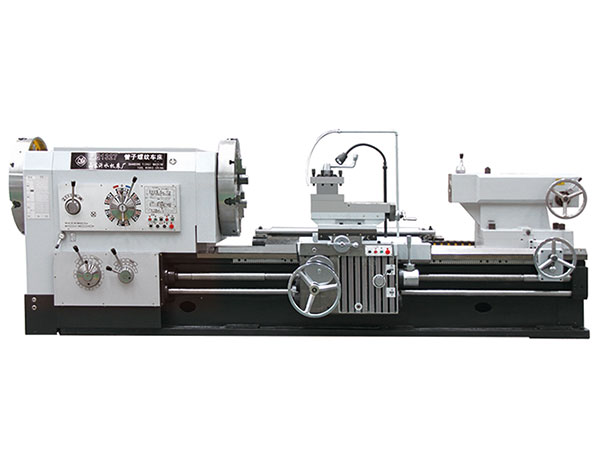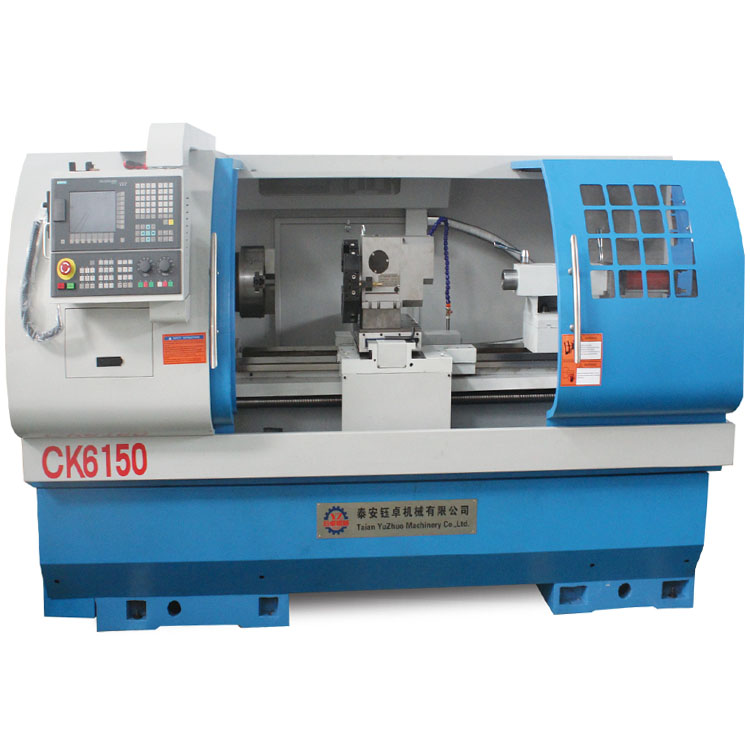Scraping is an essential processing technology for machine tool assembly. At present, it cannot be replaced by machines in the world. For example cnc lathe machine, the CNC Milling Machine, the Vertical Cnc lathe, and the Cnc Machining Center, Must Manual Scraping There are three stages of scraping: rough scraping, fine scraping, and fine scraping. It can reduce the surface roughness of the workpiece, improve the geometric accuracy of the part, and promote the contact-free lubrication effect. Prolonging the service life of parts, repeated but not simple, is the embodiment of the craftsman spirit.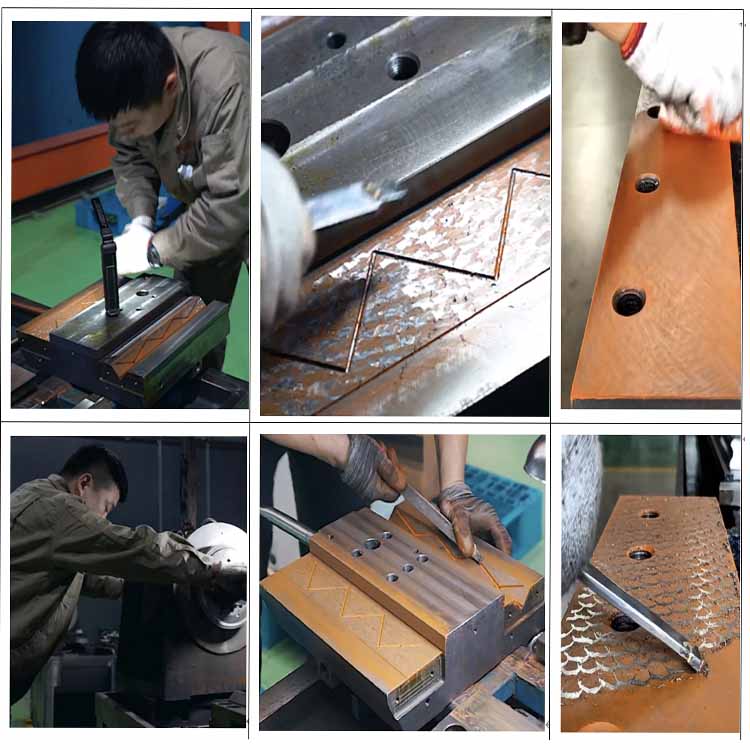
Why Manual Scraping Process of Cnc Lathe Machine
Lathe Manual scraping is the use of scrapers, reference surfaces, measuring tools and display agents to manually measure and grind points while manually scraping and grinding so that the workpiece can reach the size, geometry, surface roughness, and A finishing process that requires adhesion and the like. Because the tools used are simple, versatile, have less machining allowance and the precision achieved is very high, it is widely used in the manufacture of machines and tools and the repair of mechanical equipment. Usually, the guide rails of machine tools, carriages, and bearing pads of sliding bearings are all finished by manual scraping and grinding.
Scratching can reduce the roughness value of the workpiece surface of the machine tool, and improve the contact accuracy and geometric accuracy, thereby improving the overall fit stiffness, lubrication performance, mechanical benefit, and service life of the machine tool and flatness; it is difficult to process only with surface grinders and guide rail grinders to achieve the best results. Therefore, scraping is an indispensable processing technology for high-end machine tools, cast iron plates, and precision measuring tools.
How Manual Scraping Process of Cnc Lathe Machine
Lathe Rough scraping
If the surface of the workpiece is rough, the processing marks are deep, or the surface is seriously rusted, uneven, or twisted, and the scraping allowance is more than 0.005mm, rough scraping should be done first. The rough scraping is characterized by the use of a long scraper, a longer stroke (between 10mm and 15mm), and a wider knife mark (10mm), the scraper marks are in the same direction, and the sheets are not repeated. After the machined tool mark is removed, it can be ground and scraped according to the high point that appears. When the grinding points on the surface of the workpiece are 4~6 points per 25mm×25mm and there is a fine scraping allowance, fine scraping can be started.
Lathe Fine scraping
VMC Machine Fine scraping is to scrape off the high points after rough scraping, which is characterized by the short scraping method (the width of the knife mark is about 6mm, and the length is 5mm~10mm), and the grinding points are dispersed quickly. When scraping finely, it should be scraped in a certain direction. After scraping once, it should be scraped in a direction of 45 degrees or 60 degrees for the second time to scrape the net pattern. When the average grinding point is 10~14 points per 25mm×25mm, fine scraping can be completed.
Lathe Fine scraping and Fine scraping
Fine scraping is carried out based on fine scraping, using a small scraper or a fine scraper with a circular arc. The width of the knife mark is about 4mm, and the average grinding point should be 20~25 points per 25mm×25mm. It is often used for inspection tools, precision guide rails, and Scraping of tight tool contact surfaces.
Lathe Scratch
The function of scratching is firstly beautiful, and secondly, it has the function of accumulating lubricating oil. The common patterns are diagonal, swallow patterns and fish scale patterns. In addition, the degree of wear after plane work can also be judged by observing the integrity and disappearance of the original pattern.
